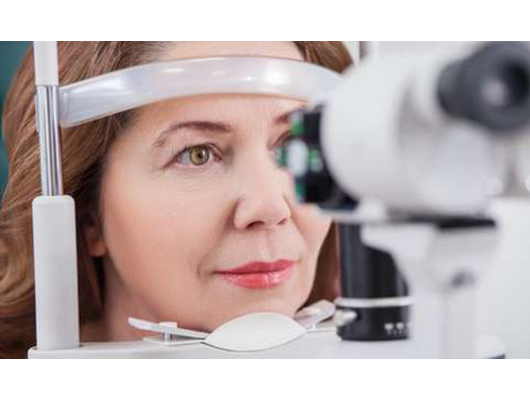Cataracts
Cataracts occur when there’s a cloudiness or opacity within the eye’s natural lens. This lens sits in the center of the eye, in back of the pupil, which means that the vision can be seriously impeded by cataracts. Dr. Jeff Jones, the ophthalmologist at Visionaire Eye Consultants in Castle Rock, and Littleton, Colorado, is ready to help with a full range of preoperative testing and cataract procedures.
Cataracts Q & A

What are cataracts?
Cataracts involve cloudiness within the natural lens of the eye. As you age, chemical changes occur within the lens, gradually reducing the transparency of the cornea. Eventually, the natural lens can get so clouded that it’s difficult to see normally. Untreated, cataracts can even cause blindness.
Why do cataracts develop?
Age is the main reason that cataracts occur. It’s especially common to see cataracts in geriatric patients. Other potential causes of cataracts include:
- Medications such as steroids
- Some types of disease, including diabetes
- A birth defect: While rare, it’s possible to be born with cataracts
What are the signs of cataracts?
The most common sign of cataracts is a reduction in vision. Some of the other possible symptoms include:
- Blurry vision
- Frequent changes in vision prescriptions, for glasses or contacts
- Lessening of color vibrancy
- A yellow aura when viewing photos
- Double vision
What is cataract surgery like?
Cataract surgery is now more advanced than ever before. It’s a safe and effective procedure that can offer excellent results. You’ll be under either topical or local anesthesia, and the procedure won’t be painful.
During cataract surgery, a new lens is surgically implanted as a replacement for the old, cloudy lens. The new lens, called the intraocular lens (IOL), is available in several different types. You’ll usually use prescription eye drops for several weeks after cataract surgery, as this helps the eyes to heal fully.
What are the types of IOLs?
There are several types of IOLs, including.
- Monofocal: These lens are able to focus vision at a single set focal length. In most cases this length is set for distance vision, and you would still need glasses for computer range and reading.
- Multifocal: These lens provide an increased depth of focus at distance, intermediate, and even near. Most people don’t need any glasses when these lens are used except for the smallest details like threading a needle.
- Toric: If you have significant astigmatism, a toric lens is used to correct that astigmatism. Monofocal and multifocal IOLs have toric options. If you have astigmatism and a toric lens is not used, you would need glasses for all ranges.
